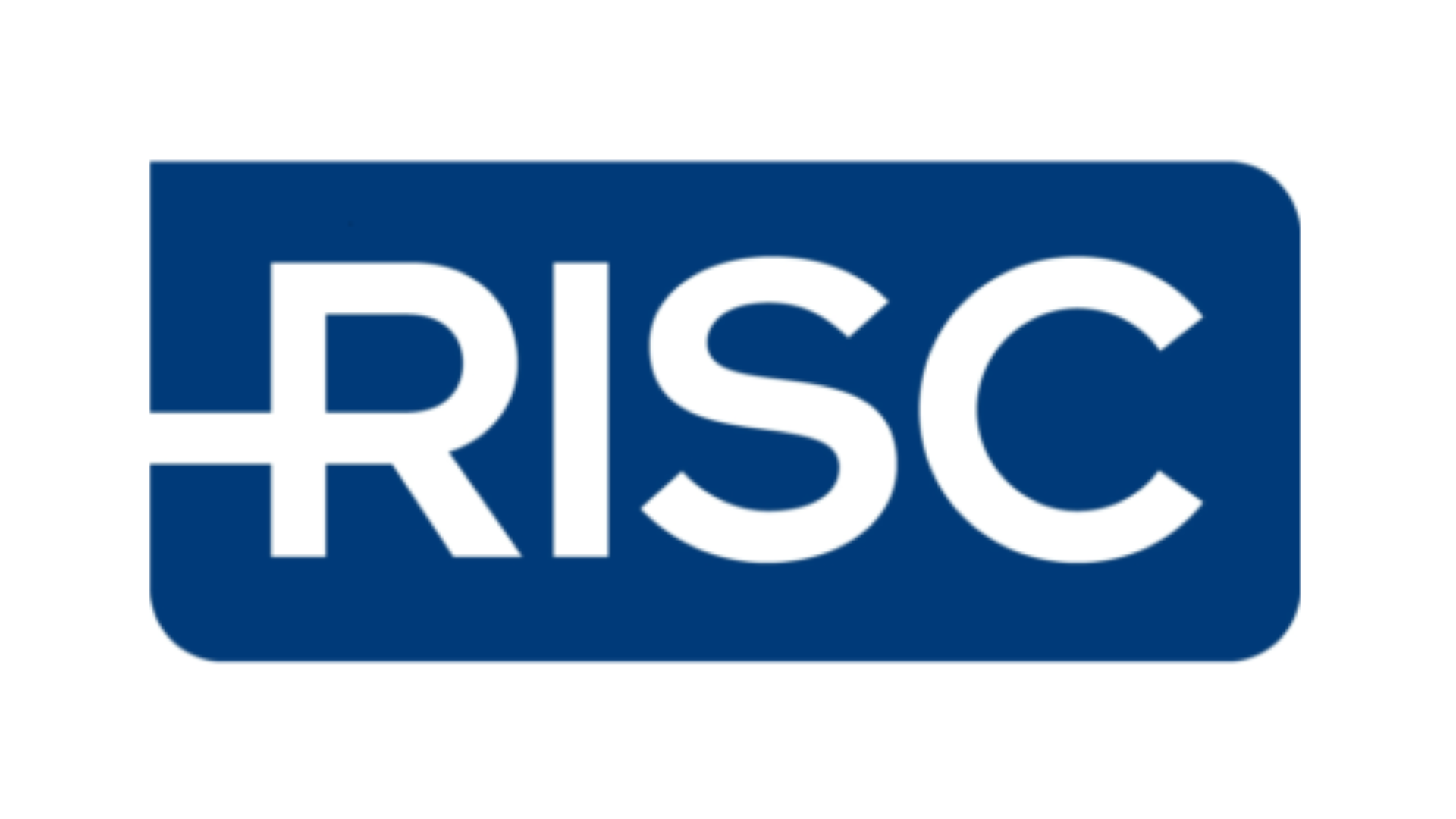
Ahead of the ADS’ webinar on the Technical Implementation Procedure (TIP) on Monday, the CAA’s Policy Director Tim Johnson reflects on the UK-EU trade deal and the next steps for the Technical Implementation Procedures (TIP) negotiation with EASA.
The announcement on 24 December 2020 that the UK and EU reached a deal on a future trading relationship post-EU transition ushered in new responsibilities for the CAA and all sectors of the industry from 1 January 2021.
The deal is, of course, good news. Direct connectivity between the UK and the EU remains, while the UK aviation and aerospace sectors will face some reduction in regulatory duplication compared with what would have been the case in a non-negotiated outcome.
As everyone adjusts to the new regulatory framework, the CAA is continuing to engage with stakeholders to provide as much stability as possible for businesses and consumers. The steps the CAA and UK Government have taken over the last four years means current technical requirements are retained in UK law and certificates, approvals and licenses in effect on 31 December, and issued in accordance with EASA requirements, remain valid for up to two years as long as, broadly, their scope remains the same.
We do understand, of course, that many businesses will have wanted to see a wider scope of activities included in the agreement. While the overall Air Safety Agreement trade deal made it impossible to negotiate a more comprehensive air safety agreement, the deal as it stands does allow for some mutual recognition. Although at present its scope includes only the Production and Design sectors, it should be seen as foundational as it provides for the potential to agree further annexes covering a wider set of activities. This is something we hope to work with the UK Government and our European partners to develop in the future.
We are aware, of course, that organisations across the aerospace enterprise – from design and production to maintenance organisations – will be keenly waiting for the Technical Implementation Procedures (TIP) to complement the agreement. The TIP will set out how specific elements of the Aviation Safety Agreement Annex on design, production and oversight of the agreement will be implemented. Colleagues at the CAA and EASA are working hard to negotiate this at present, and we expect it to be finalised within the coming months.
In the meantime, we have agreed with EASA and the European Commission interim arrangements to allow for continued mutual recognition of approvals and certificates for production and the recognition of designs approved on or before 31 December 2020.
This means the UK and the EU will continue to automatically accept products made on or before 31 December by organisations in product categories accepted within the EASA system. Any new category of product made for export after 1 January 2021 will be subject to a review process before being accepted for import by the other party.
The UK will also, in most cases, accept designs approved by EASA without the need for validation. The particulars of what designs need to be validated are contained within the Air Safety Agreement annex in the trade agreement and the means of how they will be validated is being discussed as part of the TIP negotiations.
Our priority right now is agreeing and finalising the TIP with EASA, as well as helping industry to understand better the provisions set out in the agreement. The full text of the UK-EU trade deal can found on the Government website.





